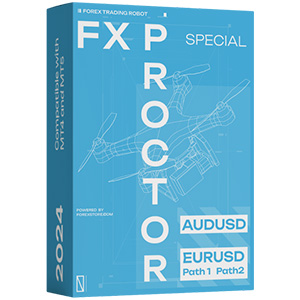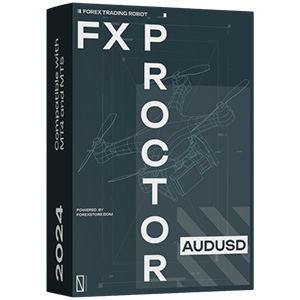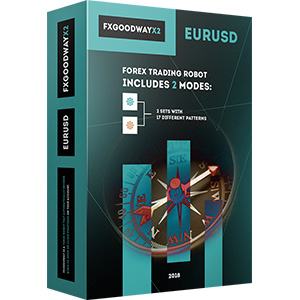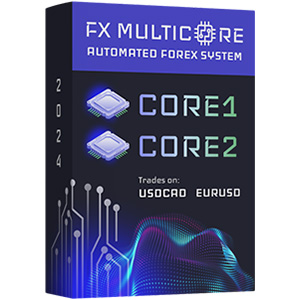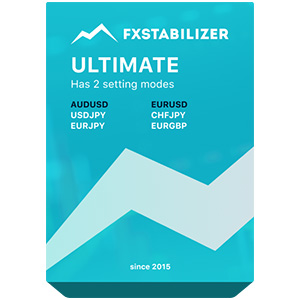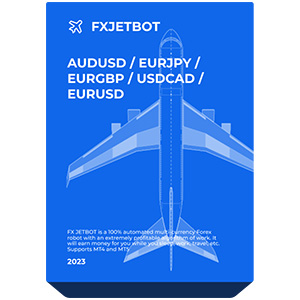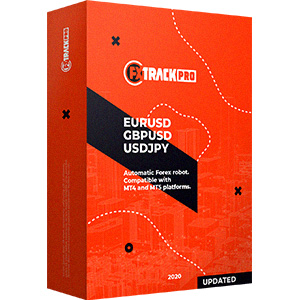
When conducting technical analysis, traders rely on various signals and indicators to help them identify the best trading opportunities, forecast trend movements, and make informed trading decisions. They also utilize such tools when using the best Forex robots, as automated trading also involves using such instruments. One of the best and most popular indicators for traders is the Forex exponential moving average (EMA).
Understanding Exponential Moving Average
What is exponential moving average in Forex? Exponential Moving Average (EMA) is a popular technical analysis tool that provides a lot of data regarding recent price data and other market conditions. EMA Forex helps identify trends, potential reversals, and support or resistance levels.
Different from a simple moving average (SMA), this tool focuses on information about recent price movements in the market. It takes into account the current closing price, the previous EMA value, and the smoothing coefficient, providing more information than SMA. Traders need this information to see where short-term EMAs intersect with long-term ones to determine the trend and its direction. Additionally, this indicator allows for finding optimal entry and exit points in trades. Moreover, EMAs in Forex can be used as dynamic support and resistance levels. In this case, traders can identify and evaluate potential levels where buying or selling pressure may occur.
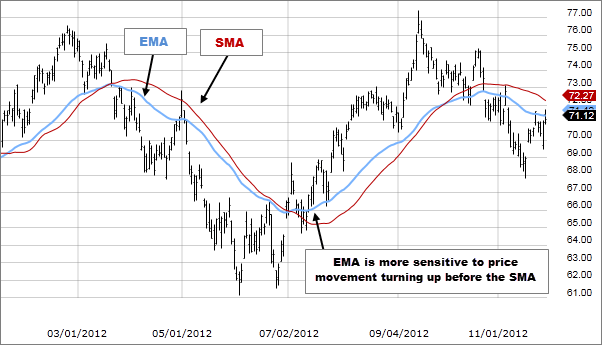
Types of EMAs
Exponential moving averages Forex are divided into three main types, depending on the period they cover:
- Short-term EMA, determined based on 5, 10, or 20 periods. Short-term EMAs react very quickly to price changes in the market, making them ideal for traders with short-term strategies like day trading.
- When analyzing 50 or 100 periods, such an EMA becomes medium-term. While the short-term type is very sensitive to price changes, here, this information is balanced with the smoothing coefficient. This provides fewer opportunities to profit from short-term trends but provides traders practicing medium-term trends with useful data for making effective investment decisions according to their trading plans and strategies.
- Long-term EMA, accordingly, is suitable for long-term investors. It provides information over 200 periods or even more, offering a more general picture regarding major trends and potential reversals.
Among these types of EMAs, there is no overall better or worse. Each trader determines which tool to use based on their trading strategies.
How to Сalculate an EMA
It is essential to determine how to calculate the exponential moving average in Forex. Such calculation is based on a series of factors. The calculation formula takes into account periods, the smoothing coefficient, and the initial EMA. If we look at the calculation step by step, the algorithm is as follows:
- Forex calculating the exponential moving average begins with selecting the number of periods (N) to be included in the calculation. Accordingly, this can be from 5 to 200 periods or more, depending on the type of EMA you will use.
- Calculate the smoothing factor (SF) using the formula SF = (2 / (N + 1)). As you can see, the coefficient depends on the number of selected periods.
- Use SMA to find the values of the first periods.
What does Forex calculate exponential moving average look like in practice? Here's a simple calculation example that will allow you to see how to determine a 10-period EMA for a series of closing prices:
Example:
Closing prices: 25, 30, 35, 40, 45, 50, 55, 60, 65, 70
Calculate the smoothing factor (SF):
SF = (2 / (N + 1)), where N = number of periods (10 in this case)
SF = (2 / (10 + 1)) = 0.1818
Calculate the first EMA:
EMA(1) = Closing price (25 in this case) = 25
Calculate subsequent EMAs using the formula:
EMA(current) = (Closing price - EMA(previous)) * SF + EMA(previous)
Example:
EMA(2) = (30 - 25) * 0.1818 + 25 = 26.818
EMA(3) = (35 - 26.818) * 0.1818 + 26.818 = 28.368
Repeat this process for each subsequent period to derive the complete EMA series.
Exponential Moving Average in Forex Trading
The significance of EMA in Forex is invaluable. As an instrument for analyzing price trends, this tool can be regarded as the most convenient and informative. To substantiate this claim, let's explore how this indicator works and what data it provides to traders.
Using EMA for Trend Identification
How to use exponential moving average Forex? It is most commonly utilized as a tool for identifying trends. EMA across different periods on a timeframe helps visualize the trend direction. When the short-term EMA crosses above the long-term EMA, it indicates an uptrend, while crossings below signify a downtrend. This is a traditional method of using this tool. Hence, a bullish trend is noted when the price moves from below to above the EMA, and when the price level crosses the EMA, the trend is considered bearish. The upward slope of the moving average signals a bullish trend, while a downward slope indicates a bearish one. This is a straightforward way to understand the trend direction. However, it overlooks information about price action. Therefore, experienced traders also pay attention to this factor. In doing so, they save themselves from the potential trap of overly relying on just one indicator and failing to verify forecasts and data obtained with the help of other signals.
If the trend is strong and already established, you will notice that the band is positioned above/below the moving average period. However, this method has a slight drawback, namely, time delay. Therefore, for those who work quickly and focus on day trading, this method of trend determination will prove to be ineffective.
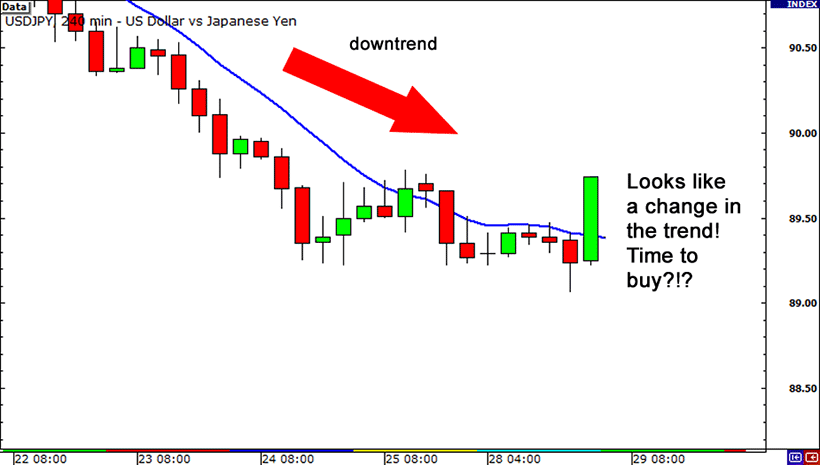
EMA Crossover Strategies
EMA crossovers have already been discussed as a way to determine the trend direction. A crossover occurs when the short-term EMA intersects with the long-term one, allowing you to see optimal opportunities for buying or selling. Thus, EMA not only indicates the trend direction but also serves as a good advisor on what to do next: buy or sell.
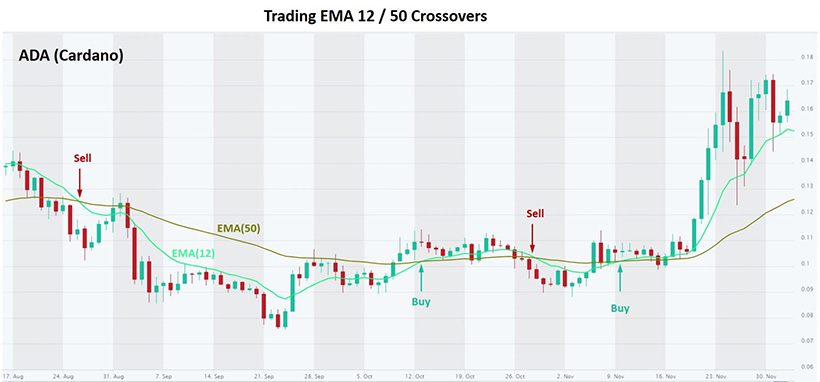
EMA as Support and Resistance Levels
Interestingly, there is another way to use EMA, which is by utilizing it for dynamic support and resistance levels. When the trend is upward, forex EMA serves as a support level. Conversely, as soon as the trend turns downward, forex EMA transforms into a resistance level. By observing how these levels are reflected in the timeframe, you can effectively and quite accurately assess the strength of the trend.
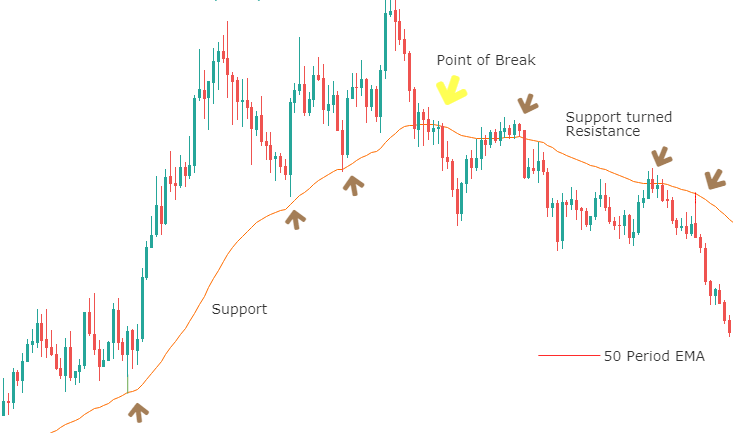
Risk Management with EMA
What is EMA in Forex? It is not only a tool for analysis. You can also use it as a risk management tool. For example, you can see the best points to set stop-loss orders, trailing stops, or take-profit levels at a certain distance from EMA. Additionally, traders can look for convergences/divergences between multiple lines on the chart (long-term and short-term, for example). This helps gauge the strength of the trend and provides an idea of market volatility and potential risks. Thus, besides the standard ways to minimize risks and protect yourself from them, you can use EMA to minimize low-profit or losing trades and earn more.
The Bottom Line
EMA is a versatile tool, which is why it is so popular among traders. It is hard not to notice that it is useful for finding the best trading opportunities, identifying trends, and determining the optimal timing for entering and exiting trades. If you learn to use these lines correctly, you can stay ahead constantly and succeed in these races every day. Don't forget to verify forecasts with additional indicators and make EMA your reliable assistant every trading day!

